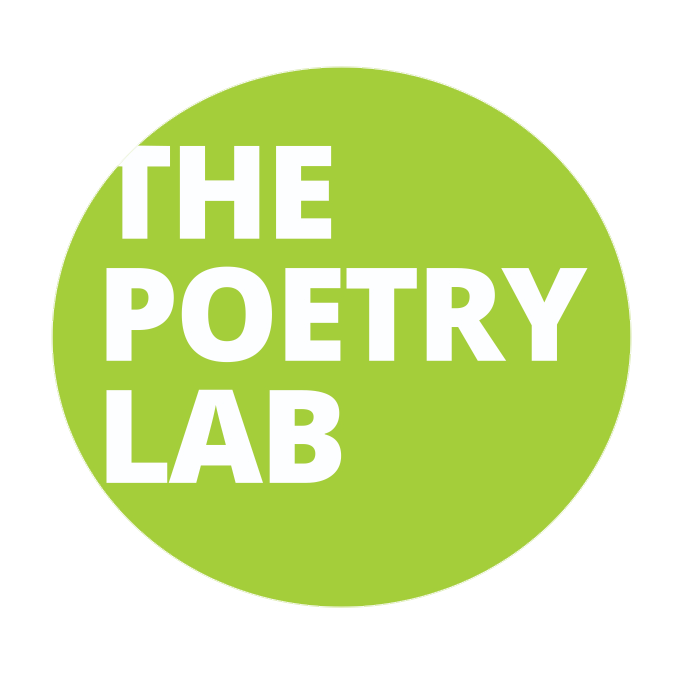
5 Steps to My First Published Book
KELSEY BRYAN-ZWICKpublishing
GO BACK TO THE RESOURCE CENTER >
A book happens line by line, poem by poem, with no comma left unturned. For instance, in writing Here Go the Knives, it took me years to navigate the inner workings of many of the poems until I had reached a version that felt ready to share with others. A version I could esteem. Poetry has a slow way about it. Even when a draft comes quickly to completion, sharing, submitting, and finding a readership takes on its own life. Like a finely aged cheese or whisky the ingredients must be gathered and then given their space and time.
1. WRITING THE BOOK
There were many circumstances that came together that gave me the space to create my collection:
The need to fill the strange pandemic isolation.
A working computer along with functions like voice transcription and read aloud functions.
Finding my trusted readers. Their support, along with continued dedication to writing workshops kept me in the practice of writing.
The encouragement from friends and peers.
Cultivating my writing space to invite creativity.
The soul-need to share and be seen as a disabled person, knowing that I had this story to tell.
I believe those of us that are writing through trauma narratives understand the emotional toll of gathering up tender words. Words that must be processed through our fragile bodies, hearts and throats. I am proud of every poem in Here Go the Knives but there are some I perform rarely, with great care to protect my own heart from the pain I carry with me. But in making this book I was giving myself space to just be me.
2. GROUNDING MYSELF AS AN AUTHOR
I am lucky to have had some experience in self-publishing. In obtaining my B.A. at UCSC I learned many of the skills to self-publish from poet, print maker, and Professor Gary Young. Having to create a chapbook from scratch as well as my participation in campus literary magazines grounded me in many ways as an author. This background helped me to set my expectations for publication and what my role as a published poet could be.
Learning how to promote chapbooks on my own taught me many of the skills I would need to successfully launch a full-length book with a professional publisher. These are skills such as:
Networking with other local poets, authors, creatives, and bookstores.
Booking myself as the feature at local poetry readings.
Creating hype for the book and then crafting a campaign to find a publisher.
Understanding my needs. Especially that of needing a supportive publisher, one who respects my disability and limitations.
3. FINDING THE PUBLISHER
As I homed in on my manuscript I looked to the presses around me to see where the book might land. For me this is Moon Tide Press. I saw their support for fellow painling Jennifer Bradpiece and her chapbook, Lullabies for the End Times. In the months before my submission I attended as many Moon Tide events as I could. This is one way that life in the times of virtual readings really helped, as I gained access to readings all around the world which I could not otherwise attend.
Since I could not afford to buy all the books, attending events (virtually or in person) was a great way to get a better sense of the press’ aesthetic and their authors. In addition to participating in any of the open mics or attending readings, I also submitted to Moon Tide’s open calls so that the editors could become more familiar with my work. By the end of this campaign and the time put into finalizing my manuscript, I felt ready to start the submission process.
Fortunately for me Moon Tide Press also felt we were a good fit and now my book was in the publication process. Of course, this meant I still had a year before the book would go to print! This is another reason it is important to remember that poetry is a slow art. There is a lot to be done in that year to drum up support from the community and to get a plan in motion for post-publication.
✨ Pro Tip
Plan a book tour for the release of your poetry collection. Email local show-runners your press kit and ask for a booking date. Be respectful and honest.

4. Ways to Build Support
Poems from the collection can be submitted to various publications to get the word out to readers and potential reviewers.
Promotional materials can be developed for social media as well as a press kit with things like and author photo and bio to include in inquiries.
Tour dates, start soliciting all your favorite open mics and readings to see if you can feature. Libraries, local radio stations, and local news outlets are also great collaborators. If you’ve worked with any local businesses see if they are willing to host a self-organized show like a book launch or special event.
Work the internet: create an author website, an email newsletter, and participate in social media by sharing your poetry milestones and what your book means to you. Encourage your network and ask for support.
Upsell. This was advice I received from the Culturama Workshops hosted by Mount San Antonio Community College. That is, how can you connect the content of your book to topics and groups outside the poetry community? Are you writing poems about nature? Connect yourself to nature groups as they will be interested in what you are writing.
Once the book is in print submit it for review and for a selection of contests that best match your collection and budget.
This is the kind of author involvement needed. Writing can be a very quiet act, and promotion is a noisy and sometimes messy thing. But it is the duende of poetry as well. That is the inner living soul channeling every triumphant word that has made it through to the page.
5. Keep Going
I know I am not the only one who can get caught between the internal space of writing a book and the external space of letting EVERYONE know you wrote THE book. To contend with this deer in the headlights feeling it helps to carry a few affirmations with you. I have to remind myself:
People want good poetry in their lives.
Voice is a cherished thing and I am happy to have one.
If I don’t try it won’t happen.
Mistakes mean progress.
Words are important.
Again, poetry is a slow art. It is okay to take it one step at a time. That is: celebrate the milestones, appreciate practicing the craft, and the reality of readers curling up in their favorite nooks, ready to take every word in.
To Be Continued…
So, what did opening up my proof copy feel like? The first TWO boxes of books I ordered? Signing pre-orders with a special pen I saved for just the occasion? Launching my first-ever book with family and friends in a wonderful bubble of in-person gathering? Amazon and Goodreads reviews? Getting summer readings scheduled? Fliers made? Recordings sent out? All I can say is, I’ll dance this dance as long as there is music on the radio! Check back in soon for part two of this journey…
🌱 Marketing!
How can you connect the content of your book to topics and groups outside the poetry community?
This article was published February 21, 2022. Written by:



